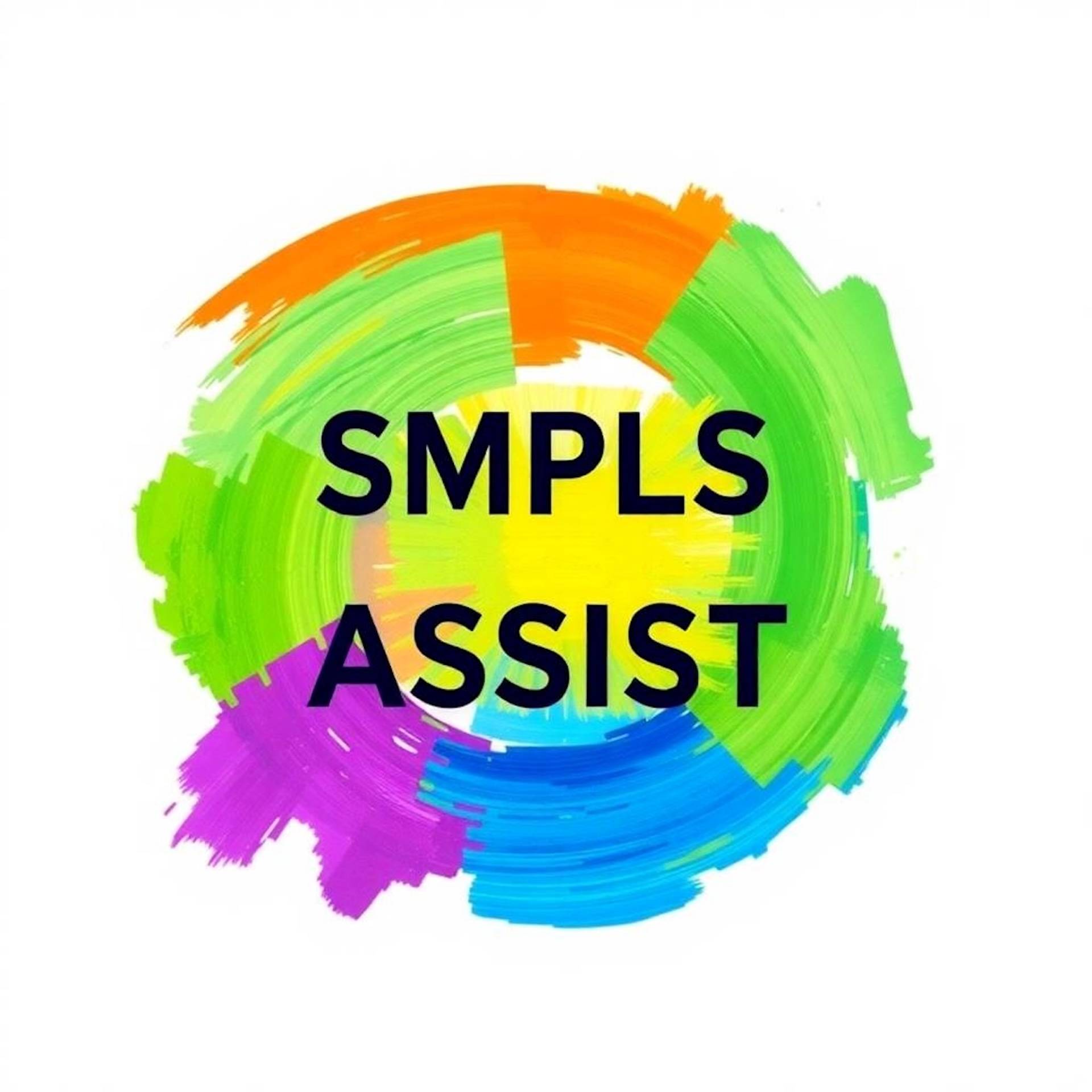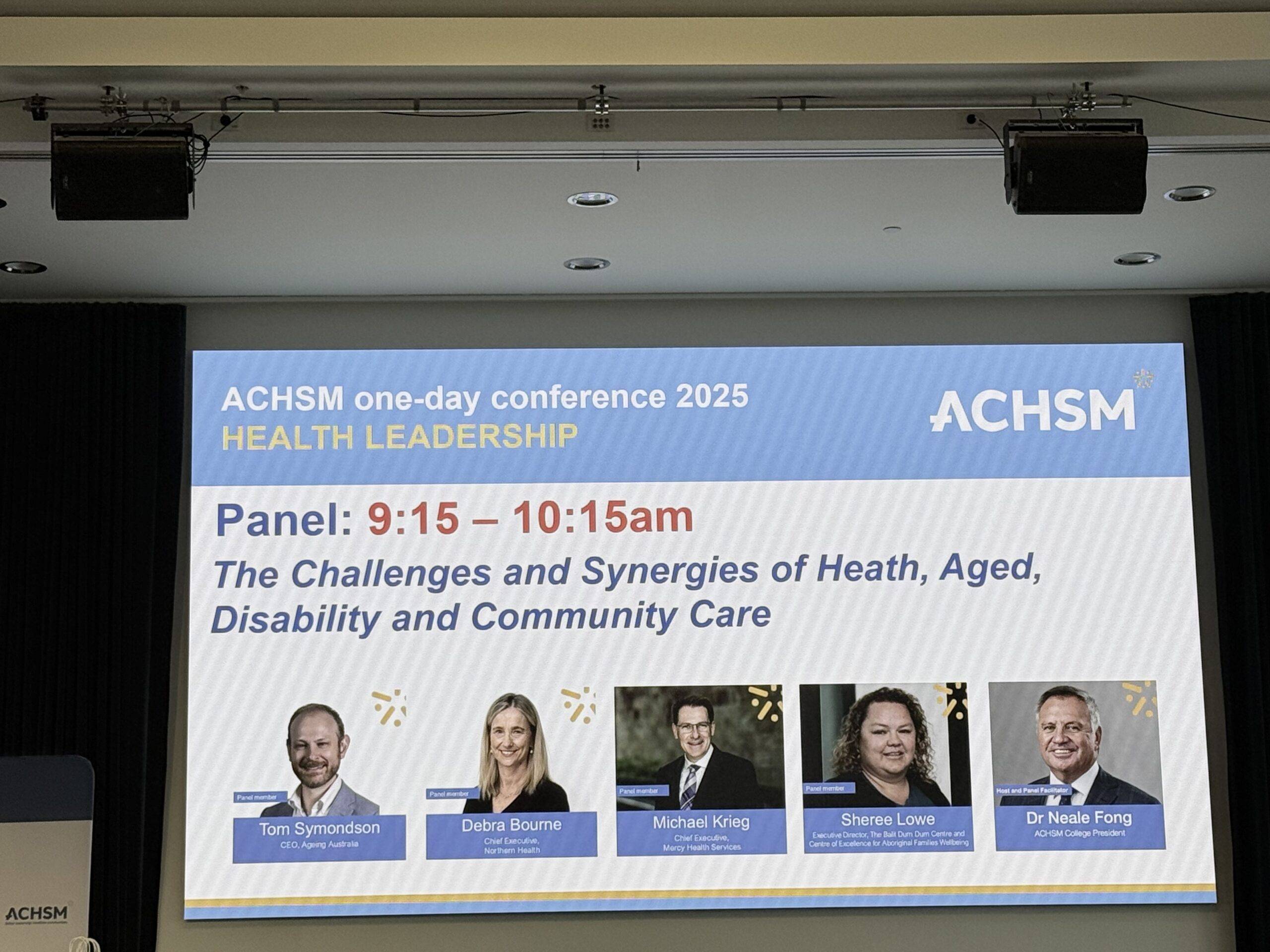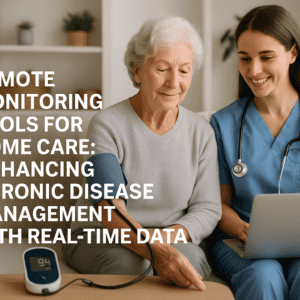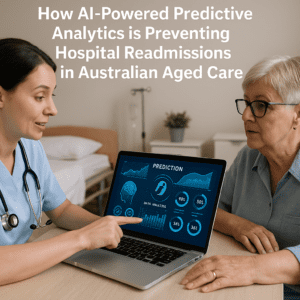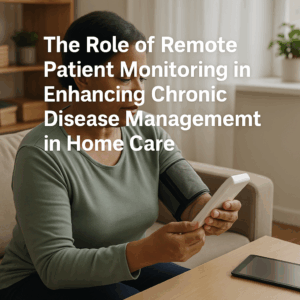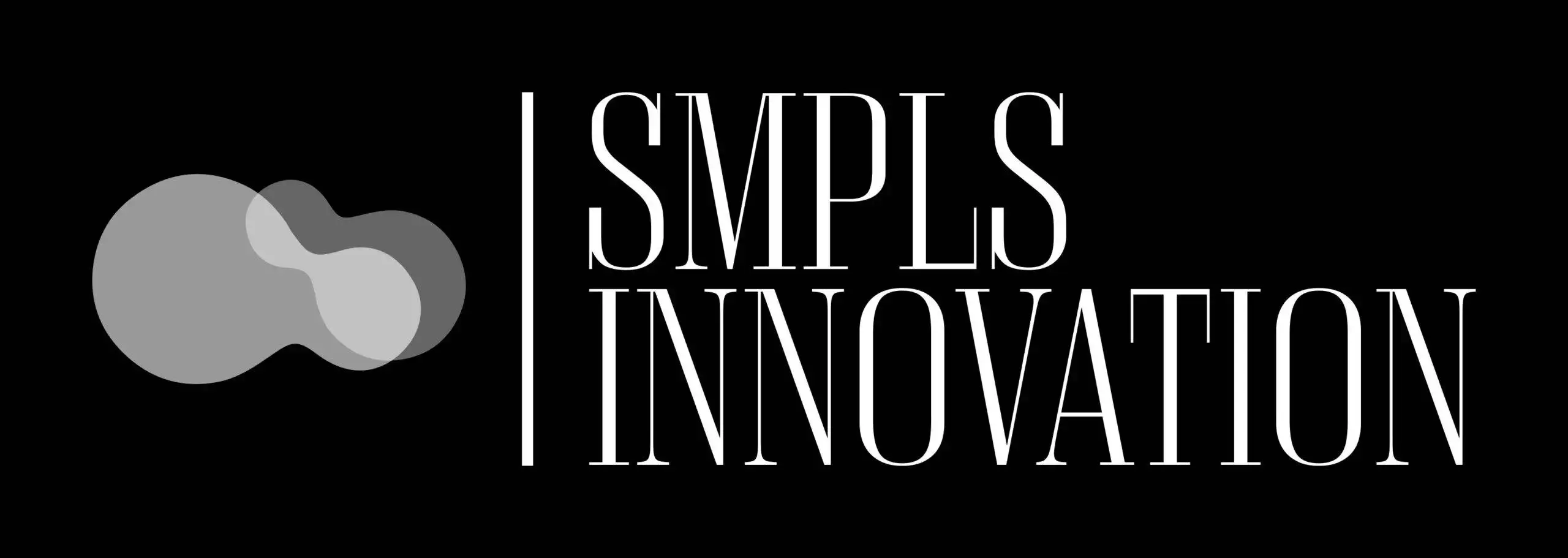Overview
The Australasian College of Health Service Management (ACHSM) Health Leadership Conference 2025 brought together healthcare leaders to tackle the sector’s most urgent issues and chart a course for innovation. With a focus on workforce challenges, rural and remote healthcare, and the role of artificial intelligence (AI) and technology, the event featured a diverse lineup of presenters whose insights provided actionable strategies for healthcare executives. This extended coverage highlights the contributions of Michael Kreig, Debra Bourne, Dr. Neale Fong, Debby Blakey, Daniel Pilbrow, Lisa Fitzpatrick, Prof. Mark Cormak, Lauren Cordwell, Dr. Paul Eleftheriou, Susi Tegen, Bill Appleby, Lauren Gale, Michael Hogan, Annette Schmiede, Chloe Shorten, Amy McKimm, Andrew Dillon, Tom Symondson, Sheree Lowe, David Hansen, and Elizabeth Koff, weaving their perspectives into a cohesive narrative.
Part 1: Workforce Challenges – Building a Resilient Future
Workforce shortages and burnout remain critical hurdles in healthcare, particularly in high-demand specialties. The conference tackled these issues head-on, with presenters offering strategies ranging from leadership development to technological innovation. Their collective insights underscored the need for a multifaceted approach to sustain and strengthen healthcare teams.
- Andrew Dillon, CEO of the Australian Football League (AFL): Dillon drew parallels between sports and healthcare, emphasizing authentic leadership as a cornerstone of team resilience. “Leadership is about being genuine,” he said, a view echoed by Prof. Mark Cormak, who highlighted cross-sector mentorship programs as a way to nurture future leaders. Michael Kreig built on this, sharing how leadership development initiatives in his organization have bridged clinical and managerial roles, creating a robust talent pipeline.
- Tom Symondson, CEO of the Ageing Australia: Symondson pushed for flexible workforce models, such as task-sharing, to ease staffing pressures. Debra Bourne complemented this by showcasing task-sharing successes in her organization, while Dr. Neale Fong offered retention strategies like tailored professional development to curb turnover. Daniel Pilbrow stressed continuous training, citing a case where digital upskilling boosted staff efficiency, and Lisa Fitzpatrick advocated for crisis leadership training to maintain morale in challenging times.
- Debby Blakey, CEO of Hesta, highlighted AI’s role in reducing administrative burdens and freeing staff for patient care—a practical solution to workload challenges.
The insights from Dillon, Symondson, Cormak, Kreig, Bourne, Fong, Pilbrow, Fitzpatrick, and Blakey point to a dual strategy: inspire through authentic leadership and innovate with flexible, technology-supported roles. Ignoring these imperatives risks deepening workforce strain, undermining care delivery.
Part 2: Rural and Remote Healthcare – Bridging the Gap
Delivering healthcare in rural and remote Australia demands creative solutions to overcome distance, workforce shortages, and resource constraints. Presenters emphasized community engagement and technology as vital tools, offering a roadmap for equitable care.
- Sheree Lowe : Lowe’s work with Aboriginal communities underscored cultural competency as key to rural healthcare. “Care must reflect community values,” she argued, a point reinforced by Lauren Cordwell, who discussed building trust through local partnerships. Dr. Paul Eleftheriou showcased telehealth initiatives that have cut access barriers, while Susi Tegen tackled retention, advocating for rural-specific support systems.
- Bill Appleby focused on infrastructure, calling for investments in transport and connectivity, while Lauren Gale highlighted mobile clinics as a way to reach remote patients. Michael Hogan added a policy lens, detailing government incentives to attract rural healthcare workers.
Lowe, Cordwell, Eleftheriou, Tegen, Appleby, Gale, and Hogan collectively stressed that rural healthcare requires both grassroots engagement and systemic support. Executives must prioritize these efforts to close the urban-rural divide, leveraging technology and policy as enablers.
Part 3: AI and Technology – Redefining Healthcare Delivery
AI and technology are transforming healthcare, from enhancing diagnostics to streamlining operations. Presenters explored how these tools can address workforce and rural challenges, urging executives to adopt them strategically.
- David Hansen, CEO of the Australian e-Health Research Centre at CSIRO: Hansen championed interoperability, showing how connected data systems improve care coordination. Annette Schmiede emphasized data security as a trust-building necessity, while Debby Blakey revisited AI’s role in easing administrative loads.
- Elizabeth Koff, Managing Director, Telstra Health: Koff explored AI in clinical practice, with Chloe Shorten adding insights on patient data management that balances personalization and privacy. Amy McKimm outlined ethical AI governance frameworks, and Tom Symondson called for digital literacy training to maximize tech adoption. Sheree Lowe tied technology to Aboriginal health, showing telehealth’s impact on access.
Hansen, Koff, Schmiede, Shorten, McKimm, Symondson, Lowe, and Blakey highlighted technology’s potential to revolutionize healthcare—if paired with governance and training. For executives, the challenge is to integrate these tools thoughtfully, ensuring they enhance rather than complicate care.
Conclusion: A Unified Vision for Leadership
The ACHSM Health Leadership Conference 2025 featured a remarkable lineup of voices—Michael Kreig, Debra Bourne, Dr. Neale Fong, Debby Blakey, Daniel Pilbrow, Lisa Fitzpatrick, Prof. Mark Cormak, Lauren Cordwell, Dr. Paul Eleftheriou, Susi Tegen, Bill Appleby, Lauren Gale, Michael Hogan, Annette Schmiede, Chloe Shorten, Amy McKimm, Andrew Dillon, Tom Symondson, Sheree Lowe, David Hansen, and Elizabeth Koff—whose insights painted a clear picture of healthcare’s future. Their contributions underscored three priorities:
- Workforce: Cultivate leadership and flexibility to retain talent.
- Rural Healthcare: Combine community focus with technological reach.
- Technology: Harness AI and data with ethical oversight.
For healthcare executives, the conference was a call to action: lead with vision, embrace innovation, and address disparities to build a stronger, more equitable system. The path is illuminated—now it’s time to act.
